Federal regulation updates and how they impact the 49th state
n mid-September, Associated General Contractors, or AGC, of Alaska leaders traveled to Washington, D.C. for the AGC National Chapter Leadership Conference and to meet with the Alaska Congressional delegation to talk over issues of concern—as usual, there are many. Here is what topped our to-do list.
AGC of America was successful in paring down some of the more controversial proposals in the more-than-700-page rulemaking. Nevertheless, a preliminary analysis shows that more work will be covered under Davis-Bacon than in previous years and that DOL still critically missed an opportunity to improve the wage-determination process. There are resources available on the AGC website to help you and your company navigate these changes, which will go into effect around the time this column is published.
The MIAO provides a five-page summary (found at bit.ly/MIAOfive-page) and the complete 162-page guidance (found at bit.ly/MIAOguidance). Summary materials and resources are also available on the AGC website.
